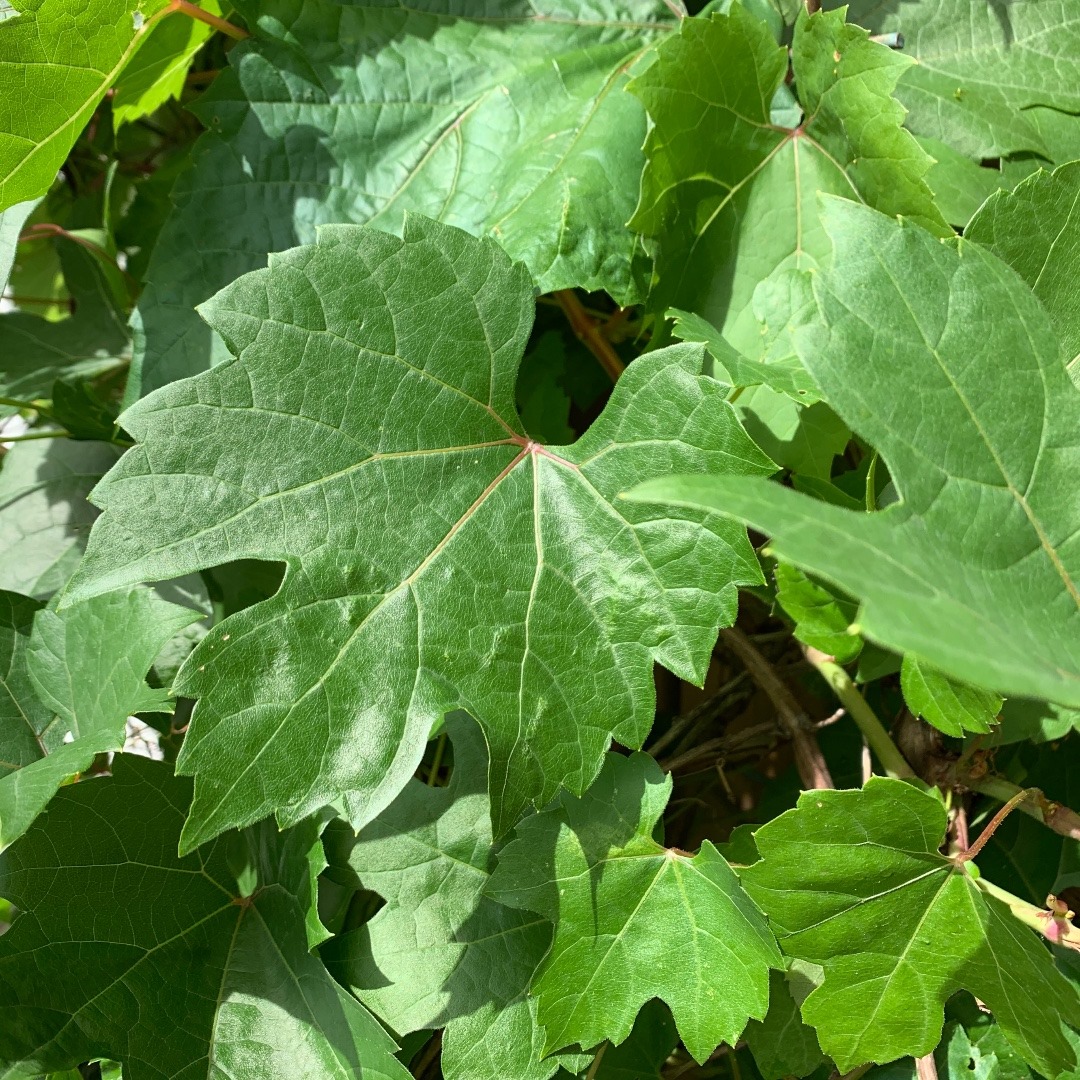
Grape leaves - harvesting and freezing for later use
easy
If you're a foodie and a gardener, grape leaves are an unexpected but delicious food that can be harvested now. Our middle Eastern and Mediteranean Canadian friends use them in dishes like Lebanese waruk arish, Greek domathes and Syrian malfouf. These recipes use grape leaves to wrap delicious concoctions of rice, meat and spices, which are then steamed or baked, much like cabbage rolls.
- Harvest leaves early in the day. Never harvest from vines treated with pesticides. Select leaves that are young and tender (grape leaves tend to get tougher as they get old) but large enough to accommodate the stuffing: 10 - 12 cm wide is a good size.
- Start harvesting 2 - 3 leaves back from the tips of the vine. You can remove a few leaves from each vine, then move on to the next one.
- Rinse your harvest in cool water, pat dry and snip off the stems.
- Leaves should be blanched before using or freezing. Make a brine with 1 part salt and 4 parts water and bring to a boil.
- Immerse grape leaves (about 15 - 20 at a time) into the brine until they have softened - this should only take a minute or so. Remove from the hot brine and immediately immerse in ice water. Remove, drain and dry the leaves. Use immediately or freeze for long term storage.
To freeze: stack 20 - 25 blanched leaves inside plastic freezer bags. Remove as much air as possible before sealing. Label and date and place in your freezer where they will keep for 6 months. When you need them, simply thaw and use.
Grape leaves are a low acid food, so freezing is the preferred storage method over canning.

